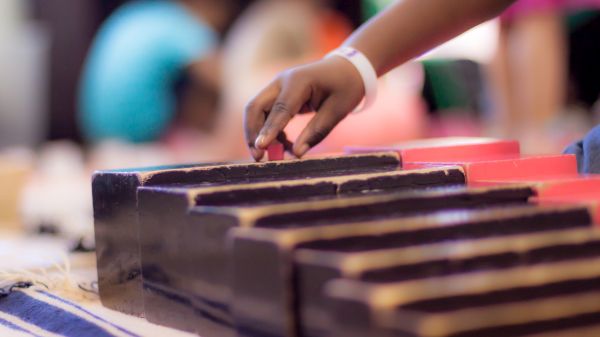
Teachers have long struggled to find a balance between fun and learning. Needing to make sure the content is taught but that the child has fun while learning can be a struggle. The cornerstone to developing lifelong learners is a desire to find information and inspire curiosity in the world around them. Play-based learning is the ultimate way to bring even the most stubborn students into the land of knowledge. Here are 10 Great Play Based Homeschooling Ideas.
Dramatic Play
Taking on the role of other people or characters can be a terrific way for children to learn empathy. Stepping into another’s shoes allows them to think in different ways. Empathizing with a non-sympathetic character can lead to discoveries about the complexities of motivation.
Musical Play
Providing logical thinking and pattern recognition–learning through musical play is one of the more fun activities. Children love banging objects together and hearing what sounds they make. Taking things even further, children can create compositions or sing songs.
Story Play
Books and stories can be acted out or read aloud. Developing language processing skills and reading readiness, play with storytelling can be a powerful experience. Oral storytelling is a pastime as old as language, it should be a central focus of any learning environment.
Sensory Play
The development of the five senses is crucial to future success. Learning isn’t just something that children do with their minds. It’s a hands-on experience that lasts a lifetime. Involving activities that use all skills–touch, taste, sight, sound, and smell–will create deep connections for your child.
Puzzle Play
Puzzles, riddles, and other challenging activities are terrific for children on their learning paths. We learn best when we fail and try again. Mazes and word puzzles are great examples of getting your child out of their comfort zone. You’ll find that they naturally want to work on these alone to conquer it themselves.
Manipulative Play
Hands-on learning is what drives deep learning connections and creates synapses in the brain. Hand-eye coordination, fine motor skills, and development of small muscles are all strengthened through manipulative play. Children may sort objects, thread needles, help with cooking, or participate in any other hands-on learning opportunity.
Art Play
Art is essential to the learning process. Painting, creating music, drawing, dancing, and so many more activities are available for your child to express their learning. Fine motor skills, writing readiness, and pattern recognition can all be discovered through art. It’s a quick and easy way to assist cognitive growth.
Game Play
Playing a game is a great way for children to learn. There is a natural set of rules assigned to the game that is learned while playing. Fairness, cooperation, positive competition, sense of social justice, and other social skills are finely tuned while playing games.
Outdoor Play
The power of nature is transformational for many children. The ability to explore the natural world and the wonders within have proven time and time again, that it contains endless learning possibilities. Science skills are the obvious connection but the ability to develop large motor function is just as important.
Free Play
Never underestimate the power of free play. Letting your child be creative and imaginative is important to their self-development. Emphasizing learned traits like cooperation, self-discovery, and social skills–free play can lead to a greater understanding of the world.
Play is essential to the learning experience. A child will solidify understanding of concepts and build deeper connections to future topics by playing. They get an experiential adventure through subjects that might confound them if taught traditionally. Letting your child play can only lead to a greater development of social, emotional, physical, and academic skills.





















